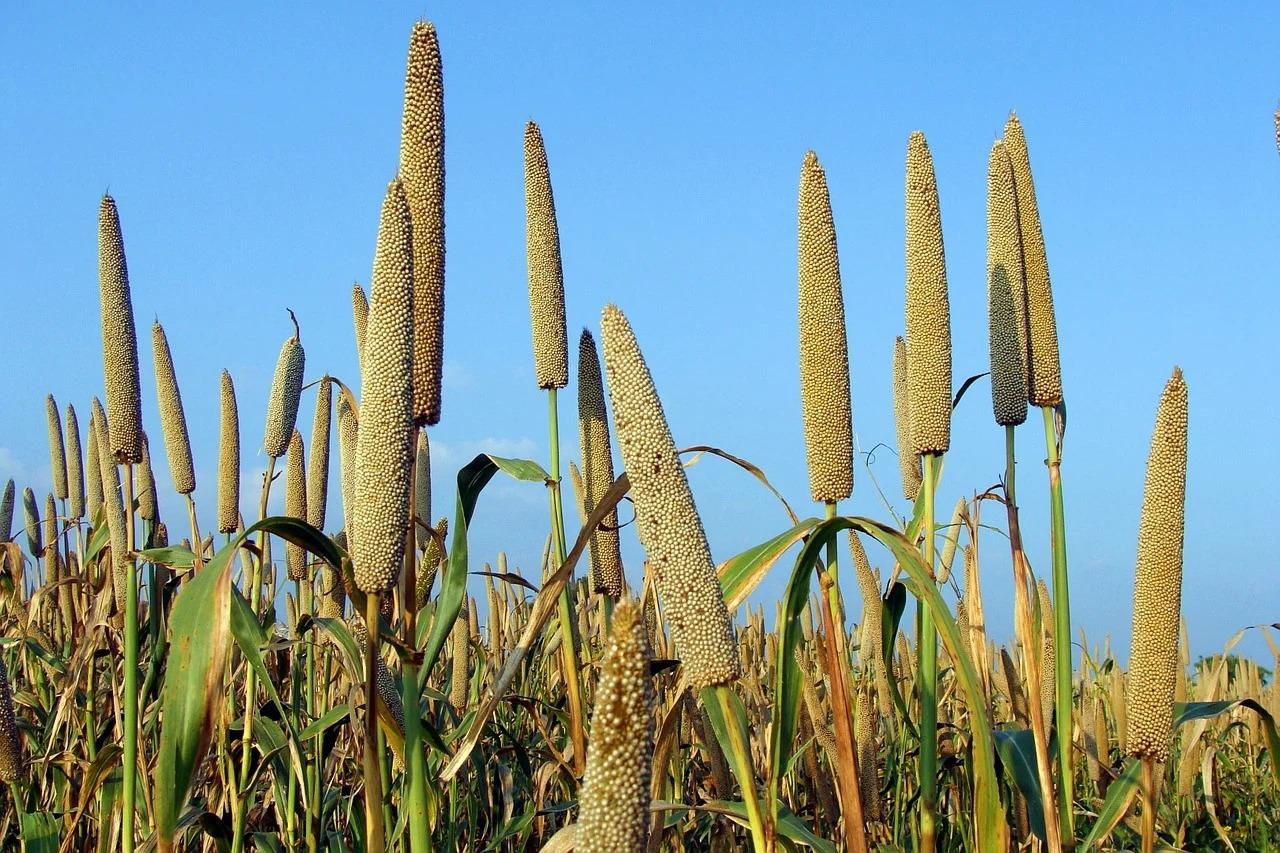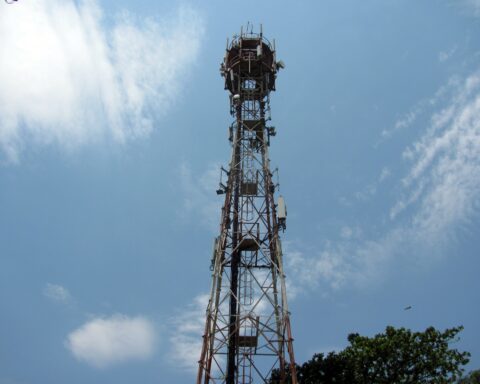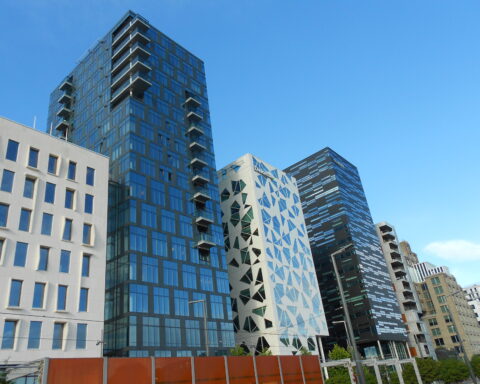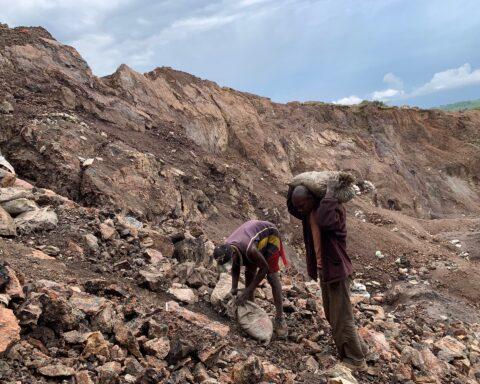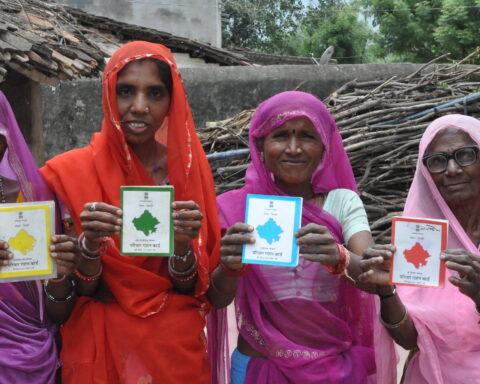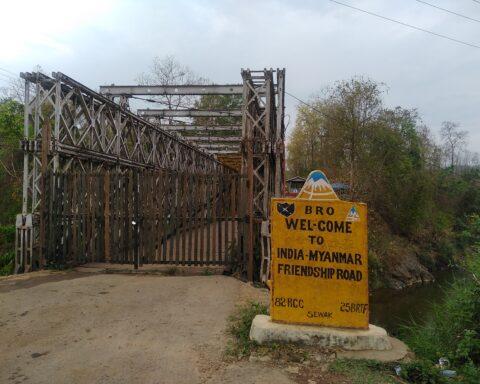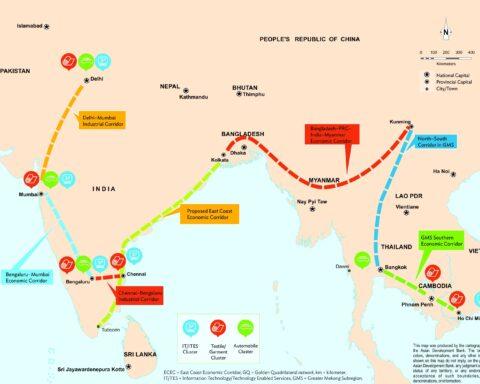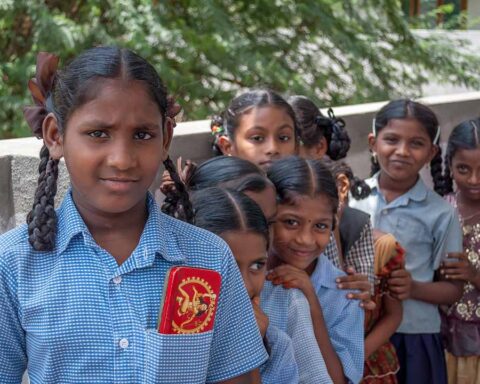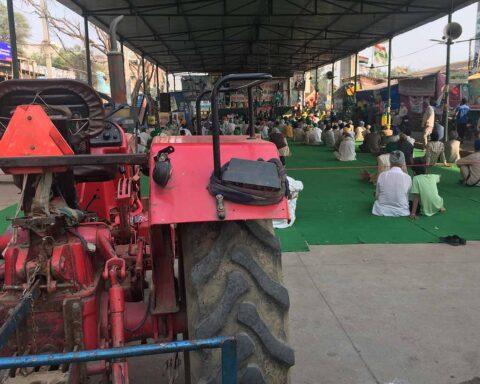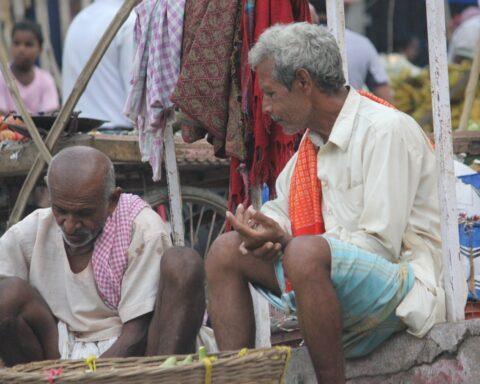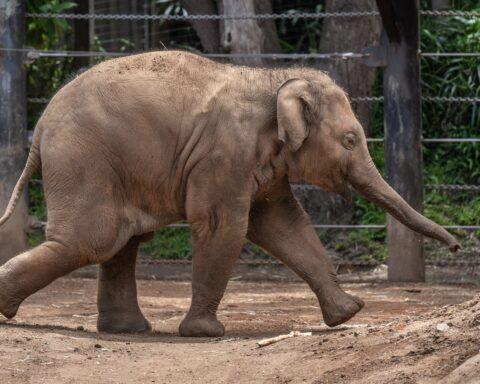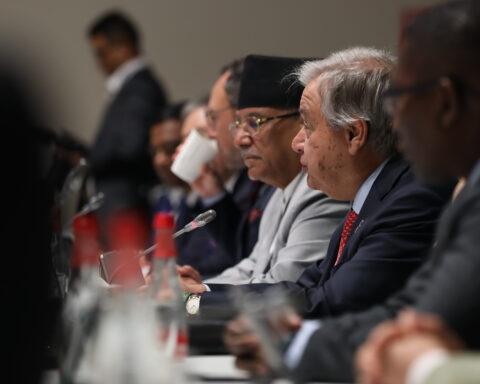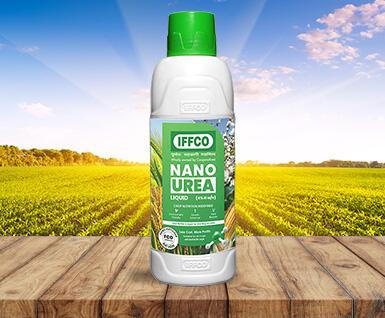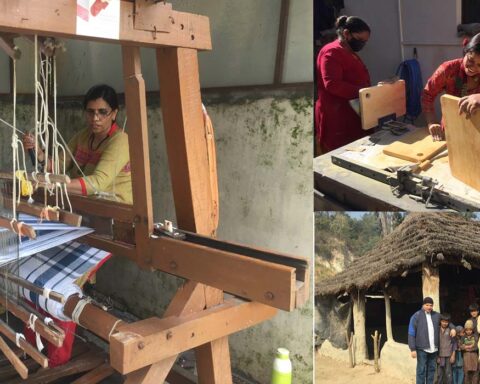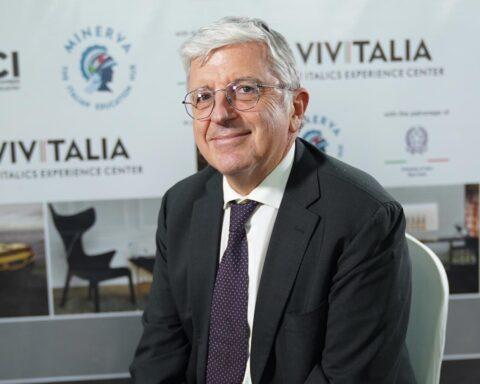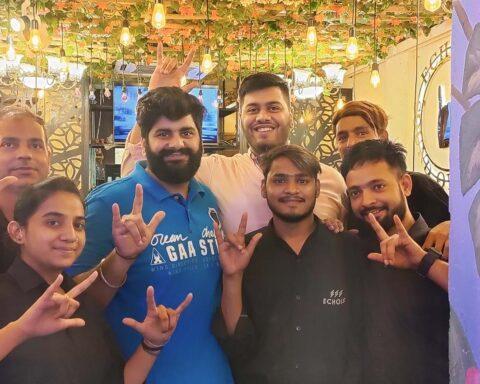The United Nations says that modern societies must focus on boosting the production of millets and highlight their benefits to reduce over-reliance on more commonly grown crops like rice and wheat and enhancing diverse diets and food security. “That’s especially true during periods of natural disaster when food becomes scarce,” reasons Dr Nancy Aburto, an agriculture expert at the Food and Agriculture Organization (FAO).
In 2018, FAO Council approved India’s proposal to observe an International Year of Millets in 2023. The agency is now taking efforts to promote cultivation of millets as a solution to climate and global food security challenges.
Millets, or “nutri-cereals” as the government of India calls them, are in demand due to their high nutritional value. This group of small-seeded grasses grown mainly in dry zones of Asia and Africa include sorghum (or great millet), pearl millet, finger millet, fonio, proso millet, foxtail millet, teff and other smaller varietals. It helps that these grains are easy to grow, drought tolerant and rich in nutrients, have many scientifically proven benefits and taste good. The recently realised ancient relationship between these grains and Indians has further helped these “coarse cereals” gain attention of the generation of oat-quinoa consumers in cities.
Cereals of Potential
Estimates show that more than 90 million people in Africa and Asia depend on millets in their diets. Africa accounts for more than 55 percent of global production, followed by Asia with nearly 40 percent, while Europe represents around three percent of the world market, says the United Nations.
Experts believe that these robust crops, grown locally, have the potential to provide nutritional and livelihood security and help humans fight climate change and food shortage. Due to their higher protein, fibre and mineral contents than fine cereals, the cereals serve noy only producers and consumers, but also economy and planet.
ICRISAT Assistant Director General for External Relations, Joanna Kane-Potaka, describes millets as a smart food – good for people, the planet and farmers. “Millets can help contribute to some of the biggest global challenges in unison – nutrition and health needs, mitigation and adaptation to climate change, poverty of smallholder and marginalised farmers in the dry zones – some of the toughest areas that will take longer to reach the sustainable development goals.”
Helping millets make a comeback is not just popularisation of a neglected and underutilised crop, but also an effort to achieve the sustainable development goals (SDGs) – mainly SDG 2 (zero hunger), SDG3 (good health and well-being), SDG 12 (sustainable consumption and production), and SDG 13 (climate action), adds Potaka.
In the past few years, millet cultivation has been taken up in “mission mode” with government support, both at Centre and states. The Centre’s millet mission comes under the National Food Security Mission (NFSM).
Recently, on February 1, 2022, in the union budget 2022-23, the finance minister called for special provisions for the support of post-harvest value addition and branding of millet products to help provide a roadmap for millets and move towards a sustainable agriculture policy.
The next day, on February 2, 2022, the Minister of State for Education, Annapurna Devi, in a written reply to Rajya Sabha, informed that the Centre plans to include millets in the mid-day meal scheme. The ministry requested state governments/union territory administrations under PM POSHAN Scheme to include millet in the midday meal to enhance nutrition among children, preferably in the districts where eating millets is a culturally accepted food habit. It was also decided to promote the best millet farming practices from Odisha, Telangana and Karnataka among other state governments/UT administrations. The government also plans to brand ‘India-grown’ millets for global market, say reports.
Experts like Dr Nancy Aburto of FAO say that to promote the mission further, investments must be raised for research and development and opportunities must be generated for farmers to secure better connectivity with efficient value chains and markets. This will also help conservation and maintenance of genetic diversity of millet through initiatives such as community seedbanks, seed fairs and farmer networks.
India’s Millet Vision
The country is one of the largest global producers of millets, with Rajasthan being the topmost producer with over 40 per cent of total millets produced. The western Indian state also has the maximum area under millets, followed by Maharashtra and Karnataka.
Other states like Karnataka, Odisha and Chhattisgarh are also not far behind, with dedicated millets missions to promote production and consumption. Madhya Pradesh, Uttarakhand and Haryana are also running programmes on millets production. Experts like Madhu Verma, Chief Economist, World Resources Institute India, a global research non-profit organisation, are now calling for public-private partnerships to take the millet missions to the next level.
An outstanding case, Odisha launched its millet mission in 2017. The state tried improved agronomic practices, established decentralised processing facilities and motivated consumption. The efforts delivered with the state recording a 119.8 per cent raise in millet yield per hectare and almost tripling the value of production per hectare from ₹9,447 to ₹20,710 in the first year.
Agri experts say that about 30 years ago districts like Keonjhar in Odisha had widespread millet cultivation and consumption, as ‘poor man’s food’. In the years that followed, people preferred commercial crops like paddy and replaced their traditional mixed method of cultivation, says Nalini Murmu, Secretary, Maa Padmaja Farmers Producer Company Limited in an interview. The preference has changed again, now for the better, with millets not only coming back in farms, but also becoming a way to empower farmers and women.
Odisha Millets Mission
Odisha Millets Mission (OMM), a state government initiative, has been supporting women self-help groups (WSHGs) to set up 76 ‘millet tiffin centres’ across locations in 13 tribal-dominated districts. The OMM is active in 84 blocks in 15 districts, covering more than 1.2 lakh farmers with 52,000 hectares under sustainable agronomic practices. Recently, the state government allocated ₹2,800 crore to expand the mission to 142 blocks in 2022.
The aim of millet tiffin centres is to promote these grains and empower these women groups by setting up primary processing and post-harvesting units for millets in rural areas, to eventually address malnutrition and unemployment, and widen cultivation options, say civil society organisations involved in the implementation of the mission.
The Odisha government is also working on spreading awareness about production, productivity, consumption and marketing of millet produce and including millets in the state nutrition programme. It is trying food festivals, cooking competitions, celebrating local millet food cultures and participatory training programmes on millet recipes and enterprises to spread awareness. The WSHGs are already making around ₹25,000 as net profit, the groups shared.
In urban areas, since October 2021, the state government is setting up Millet Shakti Cafés to promote millet consumption. The café makes biscuits, mixture, khurma, rose cake, ladoo and eight grain varieties, including ragi flour, sorghum flour, little and barnyard millets. In addition, it is running millet outlets that earn around ₹3,000-₹4,000 per day from selling various millet products.
With so much of action from grain varieties to recipes going on, our diet is set to diversify, this time for better, thanks to the low glycemic index, another relief for the diabetes capital of the world.

